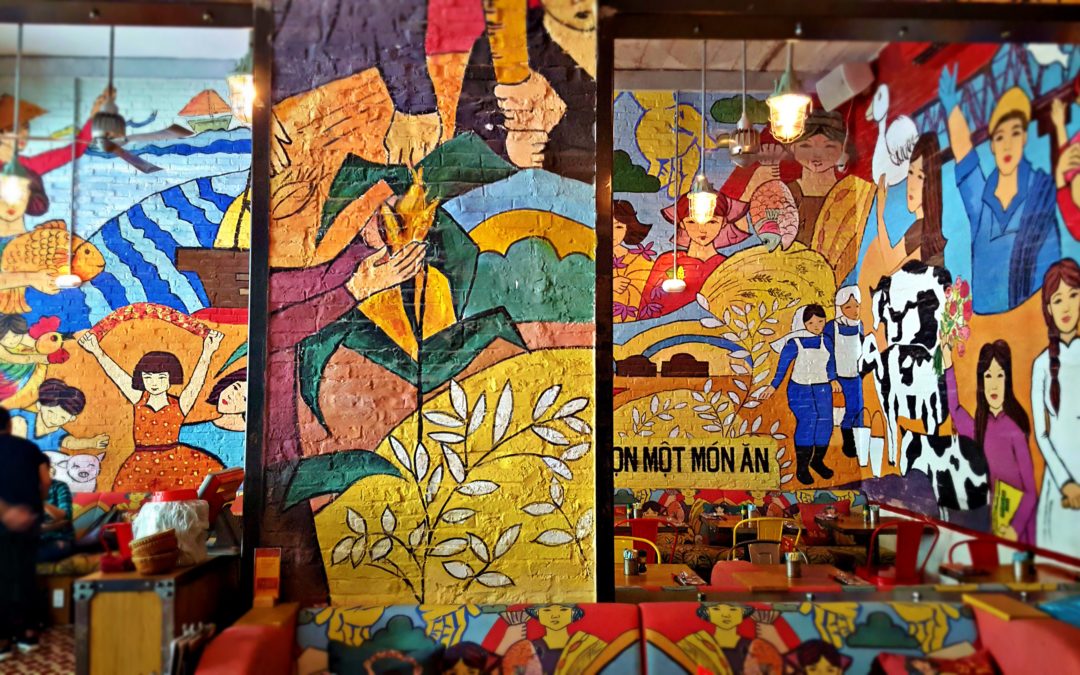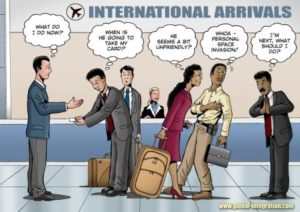
Where Are You in The Expatriate Journey? 5 Stages of The Journey
You made it happen. You are now living abroad. You have deftly completed the tasks on a long checklist from having a garage sale back home to figuring out how to open an electricity account in your new home country. You maintained a brave face so far, as the journey that has been paved with twists, turns and the occasional bump in the road. Some you anticipated; others, not so much. Or… maybe you dream of living abroad someday, or just arrived to your new country, or perhaps a few years into your new reality. No matter where you are in the expatriate journey, an understanding of the stages of the expatriate integration process will help to serve as a guide throughout your experience.
- Pre-departure: Am I really doing this?
As you prepare for the departure date, you are mixed with feelings of excitement, sadness and a fair bit of exhaustion, as you try to tie up the innumerable loose ends. Bittersweet conversations with friends who are so excited for you, the awkward feeling of goodbyes and your internal realization – this chapter of life is coming to an end. You are surprised by the strength of the occasional wave of emotions you feel, but you put your game face on, board the plane and jump into a new reality.
- Honeymoon: Vacations never felt like this
Your expatriate journey begins with the honeymoon stage, where you are constantly stimulated by a barrage of new experiences: sights, sounds and smells that feed your insatiable curiosity. Your excitement is palpable as you explore your new environs and carry out everyday tasks. You are left with the same thought over and over: “Wow, this is where I live?” You are truly impressed with yourself and how you have handled this momentous shift; however, the initial elation ebbs after the first month or so as uncertainty shows itself from under your adrenaline-filled armor.
- Culture Shock: Is this really happening?
The “newness” of your transplant home is wearing off, and some of the same things you found so intriguing a few weeks ago now grate on your nerves. It starts slow, but builds as you increasingly can’t help but question the seemingly illogical way things are done, comparing them to the “way they do it back home.” You feel fatigued trying to communicate in a new language and successfully navigate the cultural labyrinth without offending the locals. Minor frustrations build inside you until you feel anger boiling beneath your trying-to-be-calm exterior. You probably thought it would not happen to you, but you have entered the second phase – you are in “culture shock.” Don’t be discouraged; everyone has these feelings to different degrees, but the way you cope in the face of these challenges will define your expatriate experience.
- Transformation: Finding your groove
The transformation stage is longer than the culture shock stage, but with some time, frustration and longing for something familiar are replaced with a true appreciation of the lifestyle and culture of your new country… You are becoming an expat. To make this transition much easier, there are important coping activities and tools that you can practice and utilize. For example, you should establish new routines, introduce yourself to your neighbors, make new friends (not just other expats!), and participate in local activities (clubs, events, celebrations, sporting events, etc). This transformative stage will be an incredibly rewarding process as you learn and experience the cultural richness of your new home empowering you with a deeper understanding of your own cultural identity.
- Integration: A whole new reality
You have accepted and embraced your new lifestyle by successfully bridging the cultural chasm that once existed. While you will never be a native, you have transformed yourself into an expatriate, a citizen of the world. There will be the occasional frustration, but all in all, you are generally happy and at ease in your new life. Some expats will never reach the final stage as they remain stuck in the transformative stage, isolated and unwilling to accept and embrace the cultural nuances of their host country. Others take it to the other extreme rejecting their own culture, which can be equally divisive to long-term happiness. For expats on short-term assignments, achieving full-integration poses to be a challenge since often they leave while in the Culture Shock or Transformation stage.
While standard “cross-cultural training” programs and off-the-shelf “fact sheets” on particular countries provide value, they do not fully prepare one for the array of personal and professional challenges associated with relocation abroad. Early on in my expatriate experience, I wish I would have experienced the power of coaching. I enlisted a coach mid-way. Here’s what I found (and now practice): “the power of coaching provides a personalized approach that makes it possible for you to rediscover your identity and allows you to engage your healthy sense of curiosity to become a contributing member and leader within your new community and workplace.” This changed everything for me.
Each person’s experience is unique, and there are no hard and fast timetables to adjusting to your new life, but there are tools and strategies that make this process faster and easier. This incredible experience is as much personal as it is geographic; your journey will be defined by how you react to the more challenging moments.
Stay tuned for Part II, the author’s personal expatriate experience….
About the Author:
Michelle Sullivan is co-founder and Managing Partner of Sullivan Global Consulting and is an expert in Cross-Cultural Leadership, Coaching, and Communications. As an executive coach and consultant, she works with individuals and organizations in the areas of Expatriate, Repatriate and Intercultural challenges. Michelle is Certified in Human Synergistics Organizational Culture model (OCI) and tools and leverages Hofstede’s Cultural Dimensions in her coaching and leadership work with her clients. Michelle was also Managing Partner with Dragonfly Consultants, a certified WBE company, which focused on organizational culture transformation, diversity and inclusion, women leaders, and leadership development. Her entrepreneurial spirit drew her to launch Belle Michelle Fashion, which features Latin American inspired handbags with a funky twist.
Michelle holds a BS in Environmental & Natural Sciences from the University of Michigan, an MS in Global Business & Leadership and has guest lectured at the University of San Diego on the topic of working in cross-cultural teams and abroad.
She’s held corporate leadership roles in global environments for over 20 years and lived, worked and studied in Mexico, Argentina, Ireland and France – living in five countries in six years with her husband, who is a dual US/Irish citizen. Michelle currently splits her time between California and Mexico.



 even if there is an issue, so I know that I cannot expect them to openly discuss an issue or debate with a superior.
even if there is an issue, so I know that I cannot expect them to openly discuss an issue or debate with a superior.